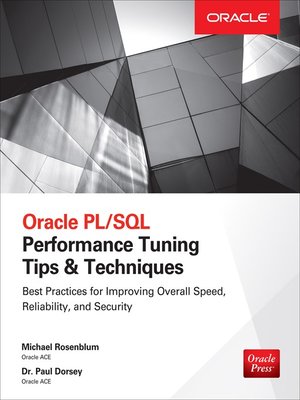

You should check the Page Life Expectancy (PLE) to make sure you are not having this issue. Again, reading extra data will cause CPU utilization to spike and memory to be thrashed.

If an application only needs a few columns, include them individually instead of wasting time querying for all the data. This tip is particularly important if you have a large table (think hundreds of columns and millions of rows). Other queries may suffer as well, since scanning all of that data into memory will cause the CPU utilization to spike and not allow other queries any time in memory. If the database engine must scan all the rows in a table to find what it’s looking for, the delivery speed of your query results suffers. Leading wildcards in parameters force a full table scan, even if there is an indexed field inside the table. If the performance tuning tool is using out-of-date statistics, the plan won’t be optimized for the current situation. Table statistics are used to generate optimal execution plans. So, I put together a list of 10 database performance tuning best practices that cover everything from the basics all the way through to automation. When you are getting started with database performance tuning, it’s helpful to know exactly what you are dealing with before you wade in too deep. How you approach database performance tuning will depend on the performance issues you are trying to resolve.There is no one-size-fits-all performance tuning solution, but there are a few best practices that can help you improve database speed and efficiency.

Refining your approach to database performance tuning

But deciding where to start performance tuning and if it’s needed can be challenging. SQL performance tuning is the process of making SQL statements run as smoothly as possible by finding and taking the quickest route to answer a query. This is where performance tuning comes into play. There are an endless number of reasons why databases don’t perform well, but database experts tend to agree that SQL performance issues are almost always the result of poorly written queries and ineffective indexing. But, in reality, it can be challenging to maintain optimal database performance. To ensure data is easily and quickly accessible, databases need to be running efficiently and be available at all times. How important is database performance tuning? Well, the world essentially runs on data (the business-focused parts of it, anyway).


 0 kommentar(er)
0 kommentar(er)
